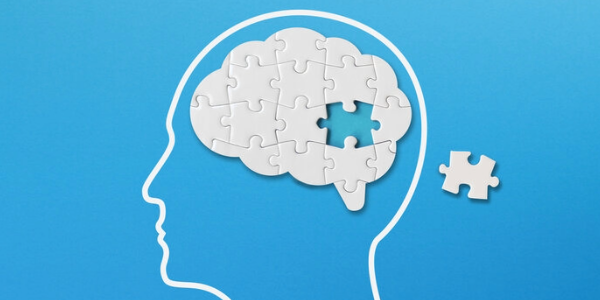Ten million new cases of dementia are diagnosed every year, but the existence of different forms of dementia and overlapping symptoms can make diagnosis and the provision of effective treatments difficult. Researchers at Boston University have developed an AI tool that can diagnose ten different types of dementia, including vascular dementia, Lewy body dementia, and frontotemporal dementia, even when they occur simultaneously.
The researchers have developed a multimodal machine learning (ML) framework that accurately identifies specific pathologies that cause dementia based on commonly collected clinical data such as demographic information, patient and family medical history, medication use, neurological and neuropsychological examination results, and neuroimaging data such as MRI scans. The findings were published online in Nature Medicine.
AI Can Help by Detecting Dementia Early and Supporting Physicians in Treating Their Patients More Effectively
“Our generative AI tool enables a differentiated dementia diagnosis based on routinely collected clinical data, demonstrating its potential as a scalable diagnostic tool for AD and related dementias,” said corresponding author Vijaya B. Kolachalama, PhD, FAHA, associate professor of medicine at Boston University Chobanian & Avedisian School of Medicine. ”The ability to make diagnoses based on routinely collected clinical data is becoming increasingly important given the significant challenges in accessing gold standard tests, not only in remote and economically disadvantaged regions but also in urban health centers,” adds Kolachalama, who is also Associate Professor of Computer Science, Affiliate Faculty at the Hariri Institute for Computing, and a founding member of the Faculty of Computer Science and Data Sciences at Boston University.
In the study, the multimodal ML framework was trained using data from more than 50,000 individuals from nine different global datasets. The model achieved an area under the receiver operating characteristic curve (ROC) of 0.96 in distinguishing between dementia types. The ROC value can range from 0 to 1. A value of 0.5 means random guessing, while a value of 1 means perfect performance. The team also compared the performance of neurologists and neuroradiologists working alone with the performance of the AI tool and found that AI can increase the accuracy of neurologists by more than 26% for all 10 types of dementia. Using 100 randomly selected cases, 12 neurologists were asked to make a diagnosis and give a confidence rating between 0 and 100. This confidence score was then averaged with the probability score determined by the AI tool to obtain an AI-assisted neurologist score.
There are not enough neurology experts worldwide, and the number of patients who need their help is growing rapidly. This imbalance places a significant burden on the healthcare system. Researchers believe that AI can help by detecting these diseases early and supporting doctors in treating their patients more effectively, thereby preventing the diseases from worsening. Given that the number of dementia cases is expected to double in the next 20 years, the researchers hope that this AI tool will enable accurate differential diagnosis and meet the growing need for targeted therapeutic interventions for dementia patients.






